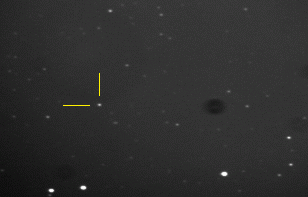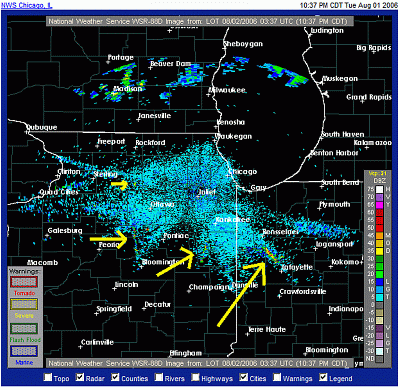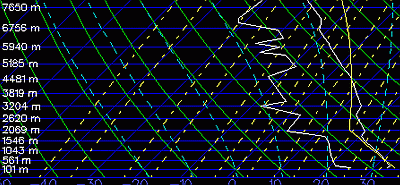Wired is reporting on a group that built their own scintillation detector to look for radioactive cargo in San Francisco, to
compete with Homeland Security.
With
sodium iodide (and other inorganic crystals), a gamma-ray will interact with one of the electrons bound deep inside one of the atoms and liberate it, producing an electron with some energy, plus an X-ray with the excess energy of the reaction. The photoelectron can then interact with normally bound electrons in the crystal, liberating them into what is called the "conduction band" and allowing them to migrate through the crystal. They and the positively-charged hole can move around until they meet with an impurity in the crystal. This can, if the impurity is chosen correctly, cause a fluorescence of visible photons. In sodium iodide, Thallium is added as the impurity at about 1 part per thousand. While a great scintillator, NaI(Tl) is expensive and absorbs water.
Certain organic molecules will also directly fluoresce when given excess energy from these passing photoelectrons or other energetic charged particles. Certain plastics can also be used: in fact,
polystyrene, a very cheap material, can be used.
Once visible photons are produced, they are measured via a photomultiplier tube or other light-measuring device.
The amount of visible photons developed in these materials is directly proportional to the energy of the original gamma-ray. This is great, as you can detect precisely what radioactive decay was responsible for the gamma-ray, and
therefore what radioactive element you may be looking at.
You can see a
terrestrial gamma-ray map of the United States here. They separate out three common radioactive that are present in nearly all rocks and soils via this proportional energy measurement. A more detailed description of
airborne radioactivity mapping is here.



 .
. 